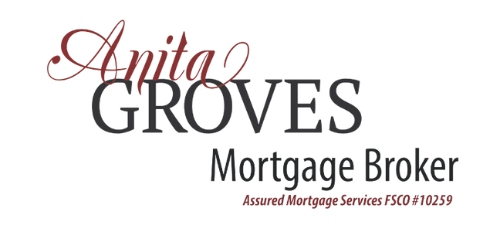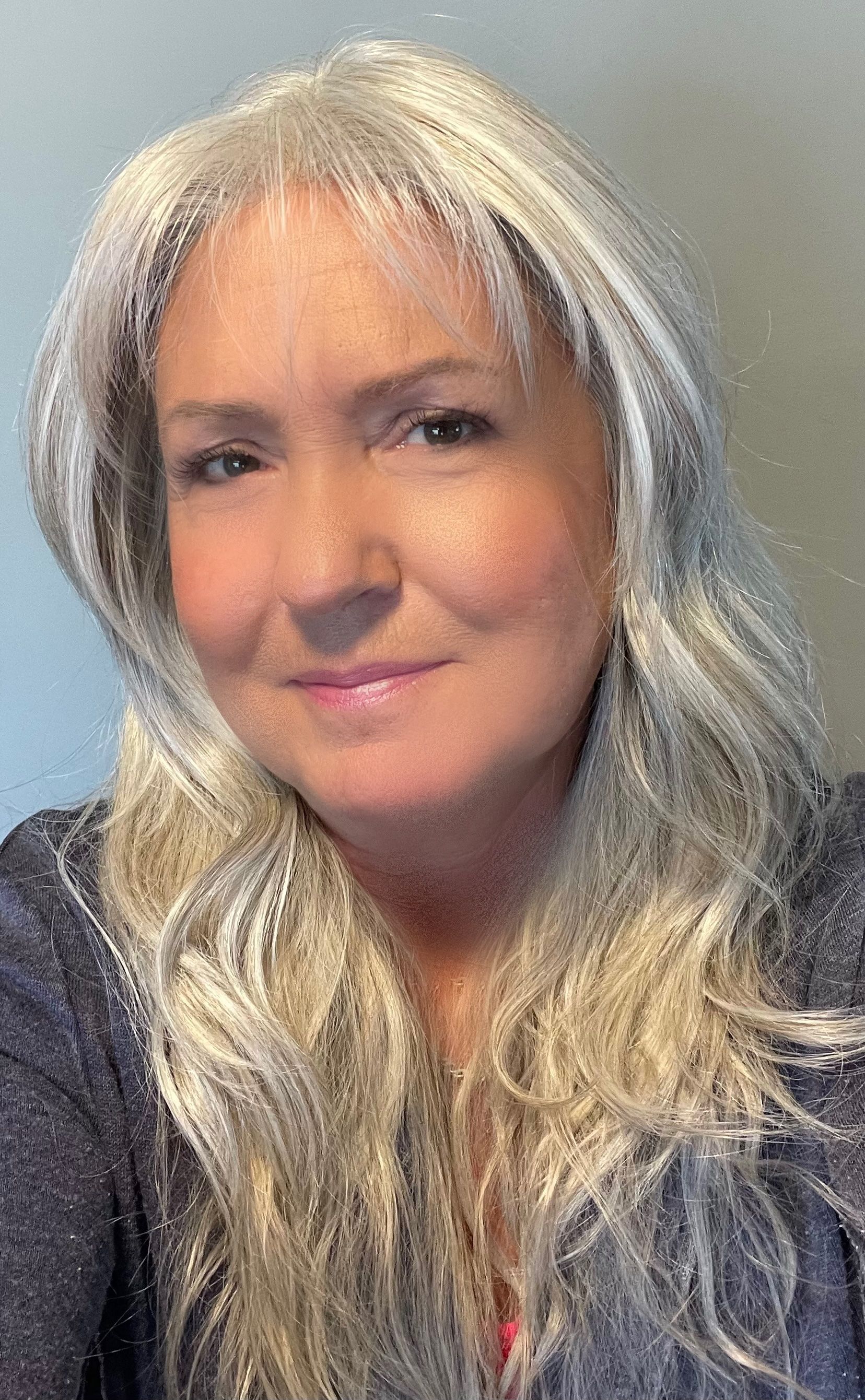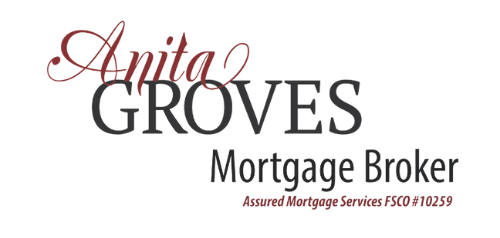4 Ways Alternative Lending Beats Traditional Bank Financing
Alternative lending refers to lending practices that fall outside the normal banking channels. These are lenders that think outside the box and offer lending solutions to Canadians who wouldn’t otherwise qualify for traditional bank products.
Although we all like to think that we’re going to qualify for the best mortgages available, this isn’t always the case. Sometimes life just gets in the way! So here are four times that alternative lending beats your typical banking practices.
Damaged Credit
Life happens, businesses and marriages break down, health can be taken for granted and then taken away. Regardless of why credit has been damaged, there are alternative lenders that look at the strength of employment and income, and the downpayment or equity to offer a new mortgage.
Although the rates can be a little higher here, if it’s the choice between buying a property or not, having options is always a good thing and that’s what the alternative lenders will do, offer options.
If you do have damaged credit, the goal is to be working towards establishing better credit and moving back into a typical mortgage as soon as possible. Use an alternative lender to bridge that gap!
Self-Employment
If you run your own business, you most likely have considerable write-offs that make sense for tax planning reasons but don’t do so much for your verifiable income. Traditional lenders want to see verifiable income, alternative lenders can be considerably more understanding and offer very competitive products.
As the rates on alternative lending aren’t that far from A lending, alternative lending has become the home for most serious self-employed Canadians. Yes, you might pay a little more in interest rates, but oftentimes that money is saved through corporate structuring.
Non-traditional income
Welcome to the new frontier of earning an income.
If you make money through non-traditional employment like Airbnb, tips, commissions, uber, or uber eats, alternative lending is more likely to be flexible to your needs. Most traditional lenders want to see a minimum of two years of established income before considering income on a mortgage application. Not always so with alternative lenders (depending on the strength of your overall application).
Expanded Debt-Service Ratios
With the government stress test significantly lessening Canadians ability to borrow, it’s a good point to note that there are lenders in the alternative channel that allow expanded debt-service ratios which can help finance more expensive (and suitable) property for responsible individuals.
Typical A channel lenders are restricted to GDS and TDS ratios of 35/42 or 39/44 (depending on credit). However, alternative lenders, depending on the loan-to-value ratio can be considerably more flexible. The more money you have as a downpayment, the more you’re able to borrow and expand those debt-service guidelines.
So there you have it, 4 ways alternative lending beats out traditional bank financing. If you would like to discuss mortgage financing, please don’t hesitate to contact me anytime!
Share
Recent Posts






